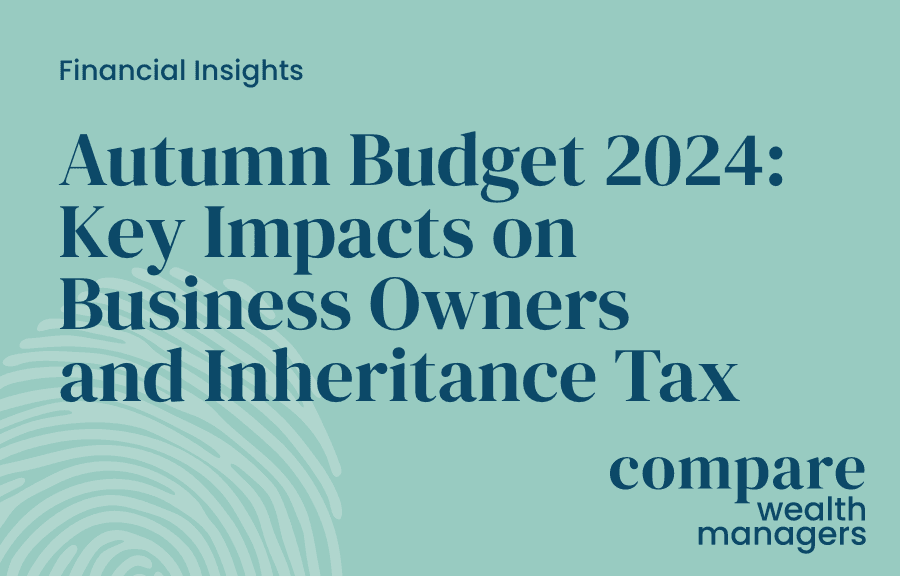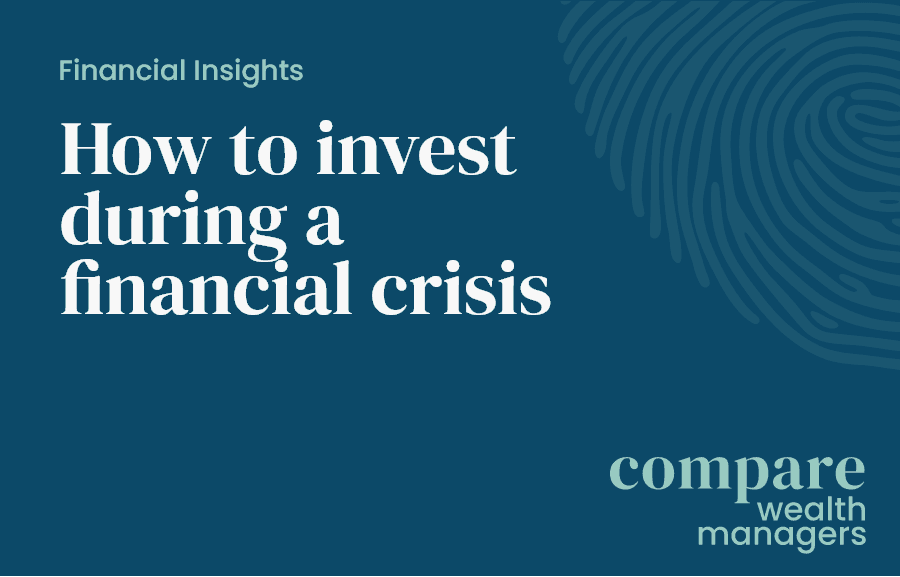Key Points Summary
- The Trump administration's 2025 tariffs introduce a 10% baseline duty on all imports, with significantly higher rates for specific countries, notably a 120% tariff on Chinese goods.
- Sectors such as automotive, technology and renewable energy are poised to experience substantial disruptions due to these tariffs.
- Investors should anticipate increased market volatility, potential shifts in supply chains and rising inflationary pressures.
Table of Contents
- What’s Happening with the New Tariffs?
- How Do Trade Wars Affect Your Investments?
- Key Sectors at Risk
- Risk Management and Investment Strategies
- Adapting to Global Shifts
What’s Happening with the New Tariffs?
In April 2025, President Donald Trump announced a sweeping and aggressive trade policy aimed at reshaping America's global economic posture. This new strategy places a 10% universal tariff on all imports into the U.S. market. More significantly, it imposes a 120% tariff on Chinese goods and additional levies of 34% on EU products, 24% on Japanese goods and 32% on Taiwanese imports.
This marks the most protectionist-centred U.S. trade stance in decades and has prompted alarm from international trade partners, domestic businesses and investors alike. According to the Canaccord Genuity commentary, these tariffs could be “deeply destabilising,” sparking retaliatory measures from affected nations, further fragmenting supply chains and compounding existing inflationary risks.
The move is part of a broader geopolitical shift, away from global integration and toward economic nationalism. While it is designed to bring manufacturing back home and protect domestic jobs, its broader impact on trade flows, corporate margins and capital markets cannot be ignored.
How Do Trade Wars Affect Your Investments?
Trade wars, such as the recent tariff escalations introduced under the Trump administration’s “America First 2.0” strategy, can have significant repercussions for both the broader economy and specific investments. The uncertainty surrounding these policies often leads to market volatility, as investors react to shifting trade relations and their potential economic impacts. One immediate effect of tariffs is the disruption of supply chains, particularly for companies that rely heavily on imports from countries targeted by tariffs, such as China. This can lead to increased production costs for businesses and, in some cases, a reduction in profit margins, which may negatively impact stock prices.
For example, tariffs on imports from countries like China and Taiwan often lead to higher costs for American companies that rely on these goods, resulting in increased consumer prices. If these costs are passed on to consumers, it can reduce demand for goods, negatively affecting companies’ sales and earnings. Conversely, some sectors may benefit from tariffs if domestic companies gain market share due to reduced competition from foreign producers.
However, the long-term effects of trade wars on investment portfolios are more complicated. While some industries or sectors may experience short-term volatility, the broader market’s response can vary depending on the magnitude of the tariffs and how companies adjust to these new costs. For instance, a piece by J.P. Morgan Asset Management suggests that trade wars can cause stagflationary pressures, influencing inflation, interest rates and global economic growth, possibly affecting portfolio performance.
In addition, the uncertainty surrounding trade negotiations can influence investor sentiment, potentially leading to shifts in investment strategies. A report from Franklin Templeton highlights how escalating tariffs can disrupt not only economic growth but also investor confidence, as market participants struggle to predict the long-term impact of such policies on corporate earnings and overall economic stability.
Investors should be mindful of the effects of tariffs on different sectors. For instance, sectors like technology, consumer goods and automotive manufacturing tend to be more sensitive to tariffs due to their reliance on global supply chains. Conversely, industries like utilities and domestic-focused companies may experience less volatility from these external shocks. According to Barron's, financial advisors are recommending diversified portfolios that can better withstand the market turmoil often caused by tariff policies, allowing investors to manage risk during periods of heightened trade tensions.
Overall, while trade wars can have immediate effects on market prices, long-term investments should be approached with caution and a focus on diversification. Additionally, investors may benefit from staying informed on tariff developments and understanding how different sectors are affected. Some may find it advantageous to allocate their investments in a way that mitigates the risks posed by tariffs, while others may choose to look for opportunities within sectors that stand to benefit from these shifts.
Key Sectors at Risk
- Automotive Industry
The 25% tariff on imported vehicles has caused significant disruption in the auto industry. Analysts at Business Insider predict a potential decrease in new auto demand of 15%-20% in 2025 due to rising prices. Major automakers, including Ford, Nissan and Stellantis, are adjusting operations in response. Nissan has ceased U.S. orders for two Mexico-built models and Stellantis has paused operations in North American plants and furloughed workers. Volkswagen has introduced an "import fee" for affected vehicles. Consequently, stocks of Japanese and European carmakers have plummeted, with Nissan, Toyota, Volkswagen and Stellantis all experiencing significant losses.
- Technology Sector
Imposing such high tariffs on Chinese imports significantly impacts technology companies reliant on Chinese-sourced components. This substantial tariff increase leads to higher costs, potentially squeezing profit margins and resulting in increased consumer prices. To mitigate these effects, companies might need to explore alternative suppliers or consider domestic production options, both of which could entail considerable expenses and time investments. For instance, analyst Dan Ives via Reuters warned of a looming "tariff economic armageddon," highlighting that companies like Apple, heavily dependent on Chinese assembly, may be forced to raise prices due to tariffs.
- Renewable Energy
The imposition of tariffs on essential minerals and components for clean energy technologies poses significant challenges to the renewable energy sector. The U.S. Department of Energy reports that in 2023, the United States was 100% net import-reliant for 12 of the 50 critical minerals and more than 50% net import-reliant for an additional 29, highlighting the nation's dependence on foreign sources for these vital materials. This reliance means that tariffs on imports of these minerals can disrupt supply chains, increase costs and hinder the development of projects and investments in solar, wind and battery technologies.
Risk Management and Investment Strategies
Considering these developments investors might consider the following approaches:
- Diversification:
Spreading investments across various sectors and geographies can help mitigate risks associated with industry-specific downturns. For instance, Evelyn Partners emphasises the importance of diversifying away from dominant market players, suggesting that investors should broaden their portfolios beyond heavily weighted sectors like technology.
- Defensive Investments:
Allocating assets to traditionally resilient sectors, such as utilities and healthcare, may provide stability during periods of economic uncertainty. LGT Wealth Management highlights that diversifying across different asset classes, including defensive sectors, can help shield portfolios from market volatility.
- Hedging:
Utilising financial instruments like options, futures and structured products can help offset potential losses during volatile periods. Investec offers a dynamic structured equity hedging arrangement called the Flexible Investment Hedge, allowing investors to tailor strategies based on their unique hedging objectives and risk appetite. Additionally, their research highlights that 83% of funds hedge currency exposure to protect investment value, highlighting the importance of hedging in risk management.
- Monitoring Policy Changes:
Staying informed about ongoing trade negotiations, regulatory shifts and policy adjustments is crucial for making timely and well-informed investment decisions. Changes in tariffs, international trade agreements, or government incentives can directly affect market sectors and investor sentiment. Firms like Rothschild & Co highlight the importance of integrating regulatory awareness into responsible investment strategies. Their comprehensive framework reflects a broader principle: anticipating and responding to policy change is fundamental to effective portfolio management and risk mitigation.
- Staying Calm:
Maintaining composure during market volatility is vital. Canaccord Genuity advises that staying invested enables the maintenance of a diversified portfolio, which acts as a protective shield during market fluctuations.
Implementing these strategies, as recommended by leading wealth management firms, can help investors navigate complex market conditions effectively.
Adapting to Global Shifts
The 2025 tariffs introduced by the Trump administration represent a significant shift in international trade dynamics, with profound implications for the global economy and investment strategies. While these measures aim to protect domestic industries, they also introduce challenges that require careful navigation by investors. By understanding the potential impacts and adopting proactive investment approaches, individuals can better position themselves to weather the uncertainties of this evolving trade landscape.
Looking for expert guidance to help navigate the current volatile markets? Compare Wealth Managers offers a free service to connect you with vetted financial advisors who understand how global trade shifts can impact your portfolio. Get tailored investment strategies that align with your goal, just click the orange “Start Comparing” button to begin and explore our 5* Trustpilot reviews.




